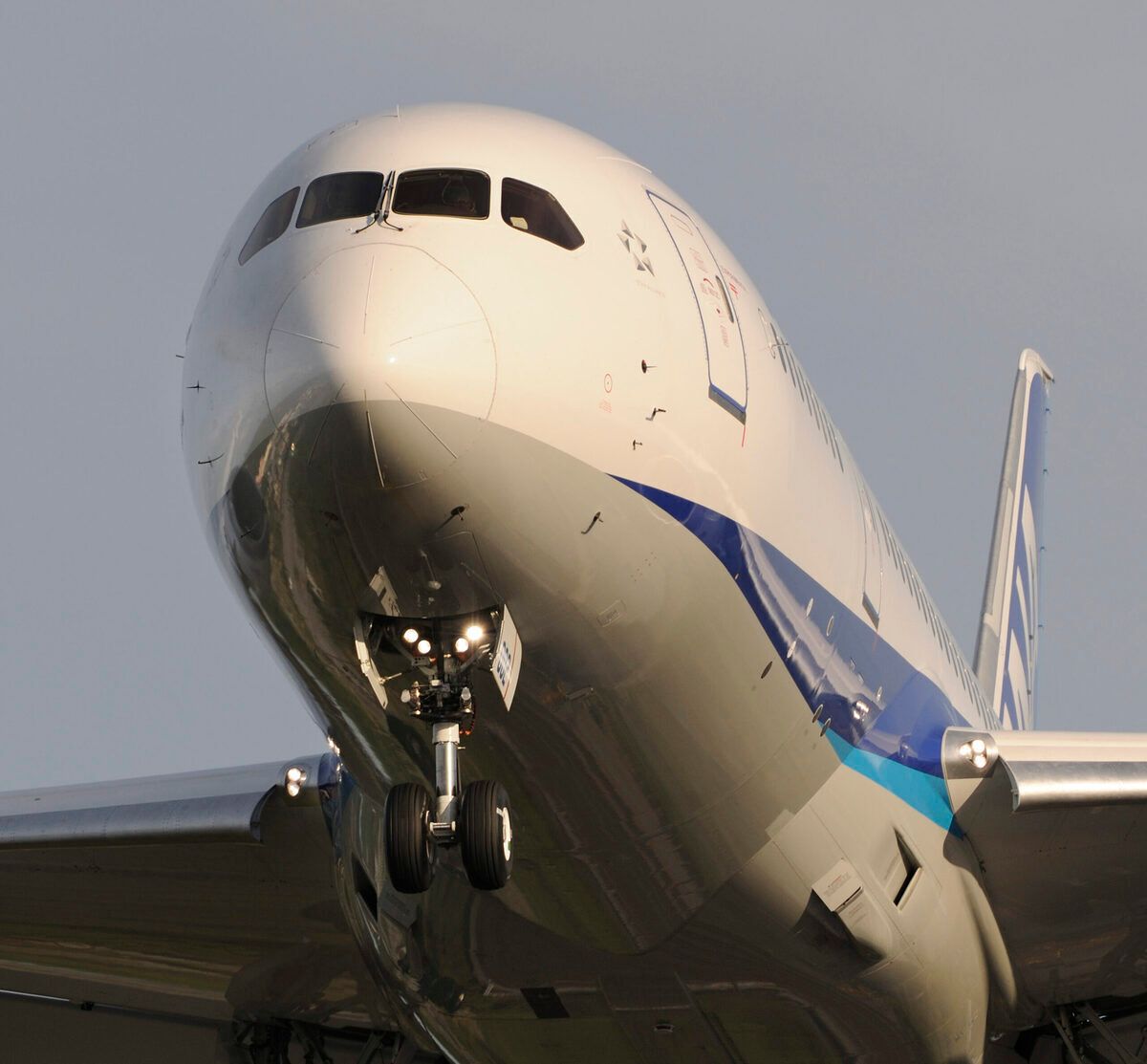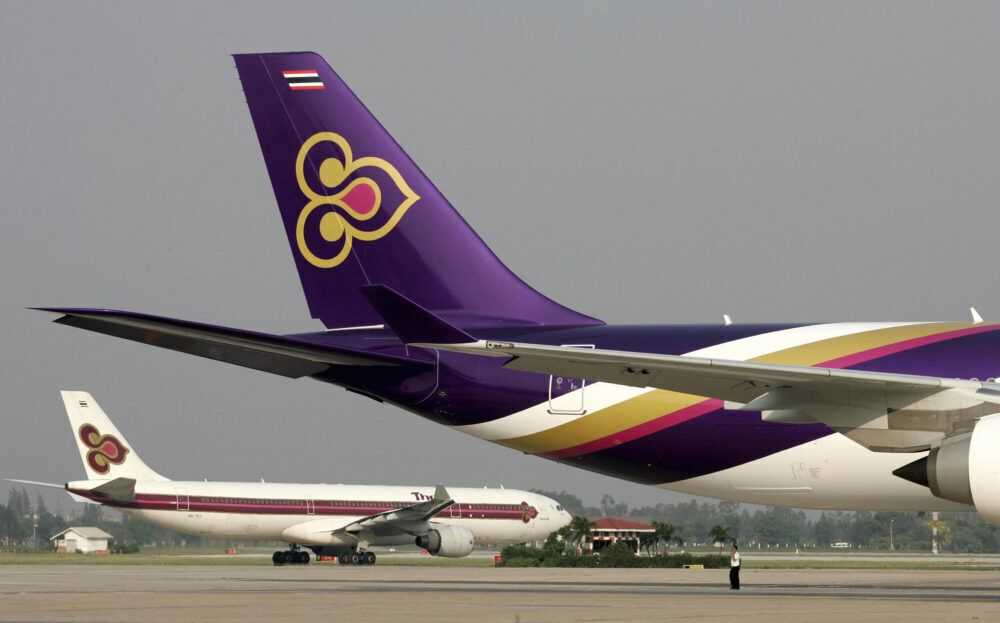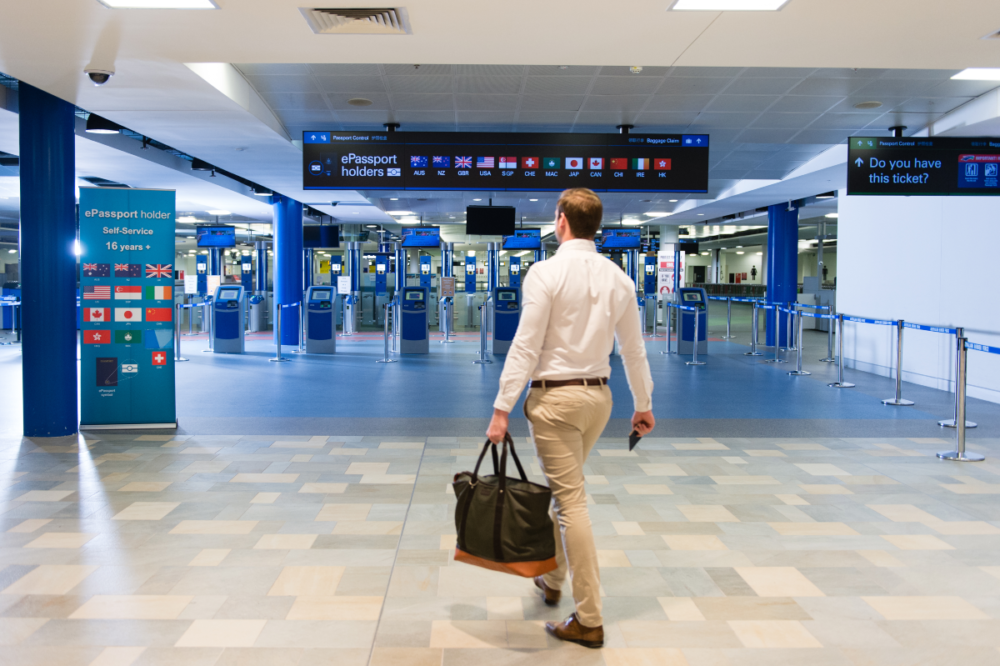International passenger traffic around the Asia-Pacific region remains significantly down compared to 2019 levels. According to data just released by the Association of Asia-Pacific Airlines (AAPA), international passenger traffic around the region in May was just 4.3% of the volumes carried in the corresponding month of 2019.
International passenger traffic in Asia-Pacific region down 95.7%
Only 1.3 million international passengers flew on the region’s carriers in May. In contrast, 30.4 million international passengers were carried by Asia-Pacific airlines in May 2019. Available seat capacity this May was 12.3% of levels recorded in 2019. Even with that reduced capacity, passenger load factors averaged just 28.4% for the month.
“The uneven pace of vaccinations throughout the world has delayed the recovery in
international air travel. In some advanced economies, travel markets are slowly recovering
as populations get vaccinated, and business activities resume," says Subhas Menon, AAPA Director-General.
"However, the same cannot be said for the majority of the emerging market economies in Asia, where vaccination rollouts remain slow due to supply constraints, logistical issues, and limited manpower."
Stay informed: Sign up for our daily and weekly aviation news digests.
Government conservatism keeps passenger levels down
At a recent Aviation Week Network online presentation, industry insiders tipped a slow recovery for international travel around the region. They pointed to an inherent conservatism among governments across Asia-Pacific that contributed to the high number of border closures and travel restrictions.
"Conservatism will continue to drive cross-border policies,” said Chin Leong Teo, Chief Commercial Officer (Aero) at Japan’s Fukuoka International Airport. "Generally Asian Governments are a bit more careful and conservative compared to Europe or America.”
But there are some potential bright spots amid the gloom. The Thai tourist island of Phuket is carefully reopening to tourists. Singapore is allowing selected travelers from low-risk countries to enter. But it isn't enough to get people on the move around the Asia-Pacific region.
“Renewed concerns over the appearance of new COVID-19 variants have held back any meaningful reopening of borders," says Mr Menon. "This will have a negative impact on
airline survival and additional government support will likely be required as the crisis is
prolonged."
Cargo comes to the rescue
Cargo is coming to the rescue of many airlines in the region. Strong business and consumer demand globally saw a 23.1% year-on-year growth in international air cargo demand as measured in freight tonne-kilometers. That outpaces the 3.6% increase in offered freight capacity. Consequently, the average international freight load factor rose by 11.7
percentage points to 73.7%.
Driving the freight load factor increase is the lack of commercial passenger flights and the subsequent absence of cargo space. Many airlines around the Asia-Pacific region are now deploying otherwise underutilized passenger planes onto freight services. Other airlines are temporarily converting passenger planes into dedicated freighters. That trend is particularly noticeable in China.
Cirium says 200 aircraft have had their seats temporarily removed to make space for cargo. Forty-seven, or 23.5%, of those 200 planes belong to Chinese airlines, with one airline, China Eastern Airlines, temporarily converting 19 of its A330s into preighters. The remaining 28 aircraft come from nine Chinese airlines.
Subhas Menon says cargo volumes across the Asia-Pacific regions have largely recovered to pre-pandemic volumes. But it isn't enough to offset the damage caused by reduced passenger traffic.
The AAPA Director-General says the cargo volumes carried "contrasts starkly with the depressed state of international passenger traffic, which has remained largely stagnant with no improvements seen in over a year.”



